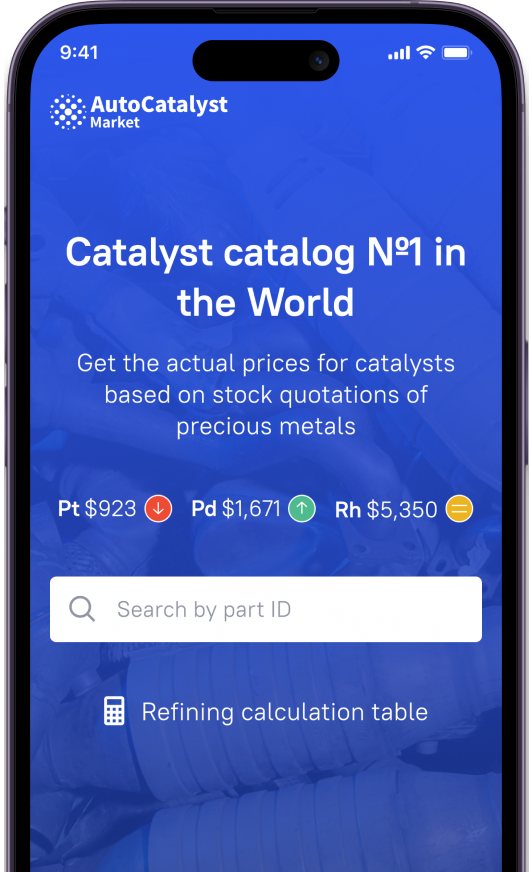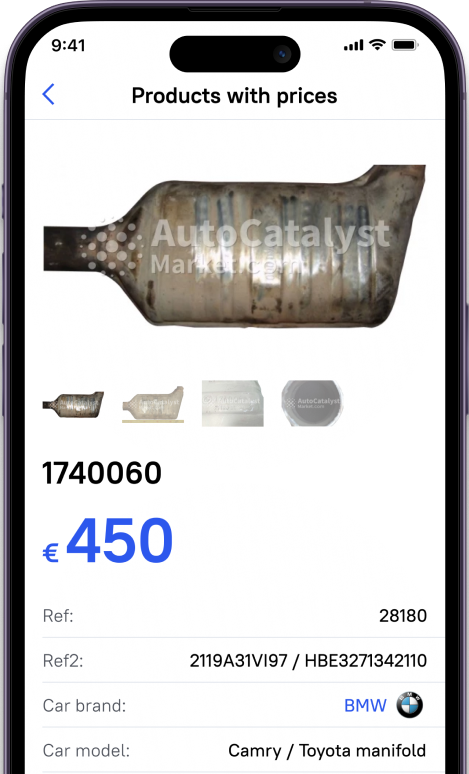- How DPF, SCR & AdBlue Differ from Each Other?
- The Pros & Cons of Using Different Catalysts
- How Will a Car Run Without a Catalyst?
- Conclusions on DPF, SCR & AdBlue
How DPF, SCR & AdBlue Differ from Each Other?
In the world of catalytic converters, there are many things to be aware of and understand how they differ from each other. DPF, SCR, and AdBlue are all on the same level. They are the parts and components that are used in vehicles on a daily basis.
DPF is a diesel particulate filter that is a fundamental part of any car that uses diesel as fuel. This catalyst is designed to process and retain solid particles that are formed during the processing of fuel by an engine.
SCR is a system that was created to reduce vehicle emissions. This technology works quite simply, a liquid called AdBlue is injected into the exhaust system, and the whole chemical reaction occurs at the same moment. Thus, AdBlue is a liquid that contains two components, the first is highly purified urea, and the second is demineralized water. As you have already guessed, this fluid is used in the SCR system. It is with its help that it turns out to effectively create a chemical reaction that can reduce car emissions.
Speaking about DPF, SCR, and AdBlue, diesel cars are able to cope with a huge amount of exhaust without many issues. DPF, SCR and AdBlue can work together and support each other's functions so that there are no breakdowns or malfunctions inside the vehicle.
The Pros & Cons of Using Different Catalysts

Each catalyst has both advantages and disadvantages. Metal catalysts that contain platinum and palladium are very efficient in processing exhausts. Their durability is also a plus, the main thing is to use them correctly and check for problems in order to repair your part in time. Looking from the other side, it becomes clear that the materials that are inside this type of catalyst are very expensive, and this may affect the further purchase of the device.
There are other options of catalysts that contain metal oxides can show good stability for many years. And their cost is much lower than metal alternatives. But at the same time, these catalysts work under certain conditions, and they are also less selective than other models.
There are also organic catalysts that use organic compounds during the purification process. They are also cheaper compared to other catalysts and can do a good job of processing exhaust. However, you need to constantly check these catalysts to maintain their stability so that unexpected failure does not occur at the most unnecessary moment.
How Will a Car Run Without a Catalyst?

Firstly, pretty much every single vehicle have been manufactured with the catalyst. It is done according to strict policies and regulations that are coming from various organizations. Ignoring the regulations may cause strict fines and problems with the law. Thus, in order to avoid them, manufacturers have been developing vehicles with catalysts for over forty years now. And if the manufacturer does not install the catalyst or makes it of poor quality, then legal liability will definitely await.
Still, speaking about operating without the catalyst, the outcomes are very obvious. Without it, there will be a noticeable increase in the amount of emissions that a car generates. A catalyst that constantly works in tandem with many other components maintains its state. But without it, these components will become contaminated, just like without a proper filter they will be damaged over time. The first thing that will suffer is the engine. The soot that is produced after fuel processing will simply clump together. That is why the exhaust reduction that the catalyst creates is so important, with its help everything is recycled and there is no clogging inside the car components.
In theory, a car can work without a catalyst for quite some time. However, the negative consequences for both the driver and the people around him are much more severe and costly than the price of installing a catalytic converter.
The most essential thing to keep in mind, are the costly fines which can be as high as $25,000 if you are in the USA.
But you should not worry much, as it was mentioned previously, most of the vehicles manufactured nowadays already have the catalys installed.
Conclusions on DPF, SCR & AdBlue

Summing up, we can say that DPF, SCR, and AdBlue are important components that are used in diesel engines. This should be taken into account when buying catalysts, because if you buy another type of catalyst, it may simply break down and not work.
DPF is a significant part of the car that processes all the particles that are created on the way from the engine. Thanks to the regulations for the creation of catalysts and their quality, they perfectly process exhausts and are made according to those standards.
When DPF is paired with SCR and AdBlue , the car can process up to 90% of emissions. The only negative downside that can be emphasized is that the purchase and installation of these technologies require money, but the pluses are much higher and they level them.
In general, all three of these technologies play a significant role in the world of emissions and ecology. It has already become almost impossible not to use them in modern cars. As it is thanks to them, to some extent, that people can breathe much fresher air and drive their vehicles with safety.





































